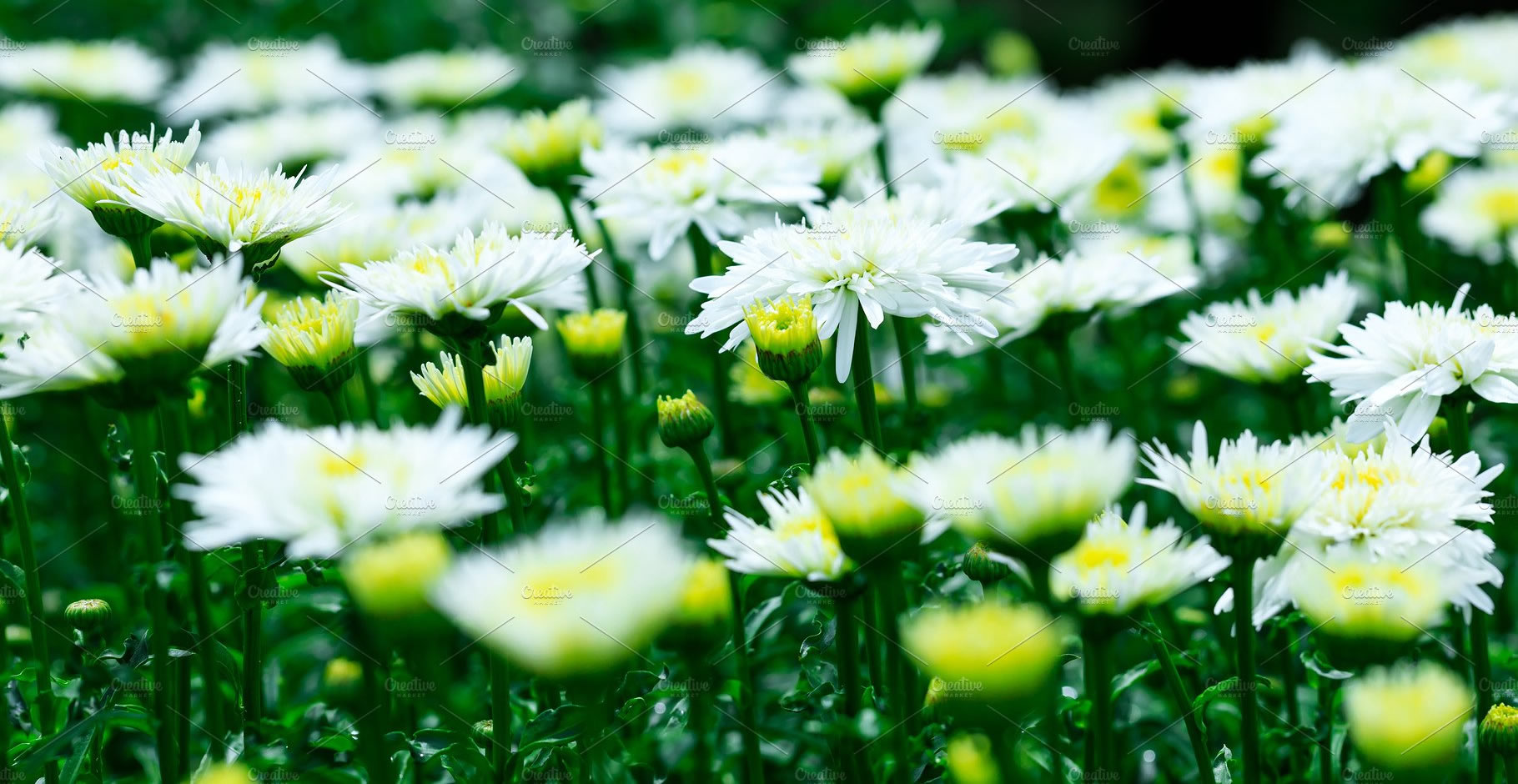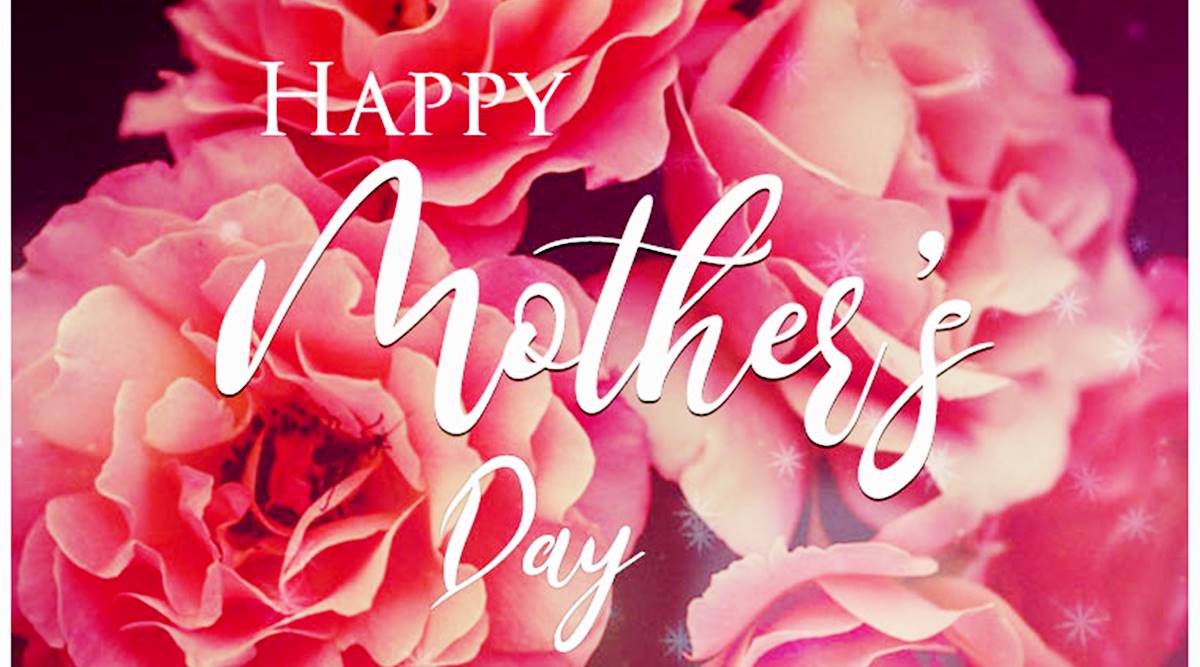Sorry, nothing in cart.
The History of Mother’s Day
The first instance of a day dedicated to celebrating mums dates back to the Greek and Roman times. According to Ancient Greek history, Mother’s Day has ties with the ancient annual spring festival, which was dedicated to maternal goddesses.
During the spring festival, Greeks would honour Rhea – the wife of Cronus and mother of many deities within Greek mythology origins.
Ancient Romans celebrated their own spring festival, called Hilaria. During this festival, Cybele – a mother goddess – was honoured. This festival was celebrated on the Ides of March (15th of March) by making offerings in the temple of Cybele.
The celebrations continued for three days and included parades, games and masquerades.
Early Christians also celebrated Mother’s Day – it was part of their Lenten traditions, the period leading up to Easter. This celebration honoured the Virgin Mary (the Mother of Christ) and was held on the fourth Sunday of Lent.
As time passed, this celebration came to be known as Mothering Sunday, a holiday which is widely celebrated in England.

Contemporary Mother’s Day
There have been many instances across the 19th century where mothers have banded together and united for a cause – a very early precursor to the day designed to celebrate mothers that we all recognise today.
Ann Reeves Jarvis first helped to start a “Mother’s Day Work Club”, designed to teach local women how best to care for their children in the 1860s. By 1868, a number of these clubs had begun to emerge.
These clubs then came together with an organised “Mother’s Friendship Day” – mothers gathered together on this this day with former Union and Confederate soldiers to promote reconciliation.
Julia Ward Howe was also instrumental in calling mothers to unite for a greater cause. In 1870, she wrote the “Mother’s Day Proclamation”, which called mothers to action to promote world peace.
In 1973 she petitioned for a “Mother’s Peace Day” to be celebrated every June 2. Other like-minded women included Juliet Calhoun Blakely, who actively sought to initiate a local Mother’s Day in Albion, Michigan, in the 1870s.
Then there was Mary Towles Sasseen and Frank Hering, who worked together to organize Mothers’ Day celebrations in the late 19th and early 20th centuries.
A formalised ‘Mother’s Day’ however, was created in the 1900s by Ann Reeves Jarvis’s daughter, Anna Jarvis. Following the death of her mother in 1905, Anna sought to formalise a day honouring the sacrifices that mothers had made for their children.
She received financial support and in May 1908, she was able to organise the first official Mother’s Day celebration. The celebration was a success. Anna then resolved to have the holiday added to the national calendar.
She initiated a letter writing campaign to newspapers and prominent politicians to urge them to adopt and promote a special day honouring motherhood and by 1912 many states, towns and churches had adopted the celebration as an annual holiday.
In 1914 President Woodrow Wilson officially signed off on Mother’s Day, establishing that the second Sunday in May would be the recognised day of celebration.
Anna’s vision for Mother’s Day was a little bit different to how it is observed today – wearing a white carnation as a badge and visiting mothers or attending church services had been how she had envisioned the day of celebration proceeding.

Today, Mother’s Day is a very popular day of celebration recognised in many countries including the US, UK, India, Denmark, Finland, Italy, Turkey, Australia, Mexico, Canada, China, Japan and Belgium.
While many countries have their own Mother’s Day traditions, there are a few commonalities across the board.
On this day, (which varies from country to country), many people take the opportunity to thank their mothers for their love and support by making them breakfast in bed, taking them out for lunch or by spending the day organising fun activities together.
While spending time together is always valued, sometimes people are unable to come together on Mother’s Day and instead spend time speaking to their mums on the phone – this has seen Mother’s Day consistently produce the highest volume of phone calls of the year!
It has also become tradition on this day to show appreciation in the form of giving gifts – these gifts often include cards, chocolates, and of course, flowers.
Want to send mum a gift she’ll really love? Be sure to look through our Mother’s Day Collection! You’ll be certain to find a bouquet or arrangement that will leave her beaming this Mother’s Day.

Chrysanthemums are an iconic flower when it comes to Mother’s Day in Nairobi Kenya and this is largely due to the fact that these blooms are in season during May, and that their name ends with the word ‘mum’ – they’re often called ‘mums’ for short.

When it comes to showing you care this Mother’s Day, A Loving Treasure is sure to help.This luxurious bouquet is brimming with white, pink and red roses.

Does mum love lilies? Then she’ll adore our beautiful Nicole lily wrap.
Lilies are a very popular choice for new mums on Mother’s Day. According to Greek and Roman mythology, the very first lily was born from the breast milk of the Goddess Juno!
Lilies of any colour are the perfect way to make your mum feel like a Goddess, but a bouquet of pink lilies will convey your endless gratitude and appreciation – the perfect sentiment for Mother’s Day!


